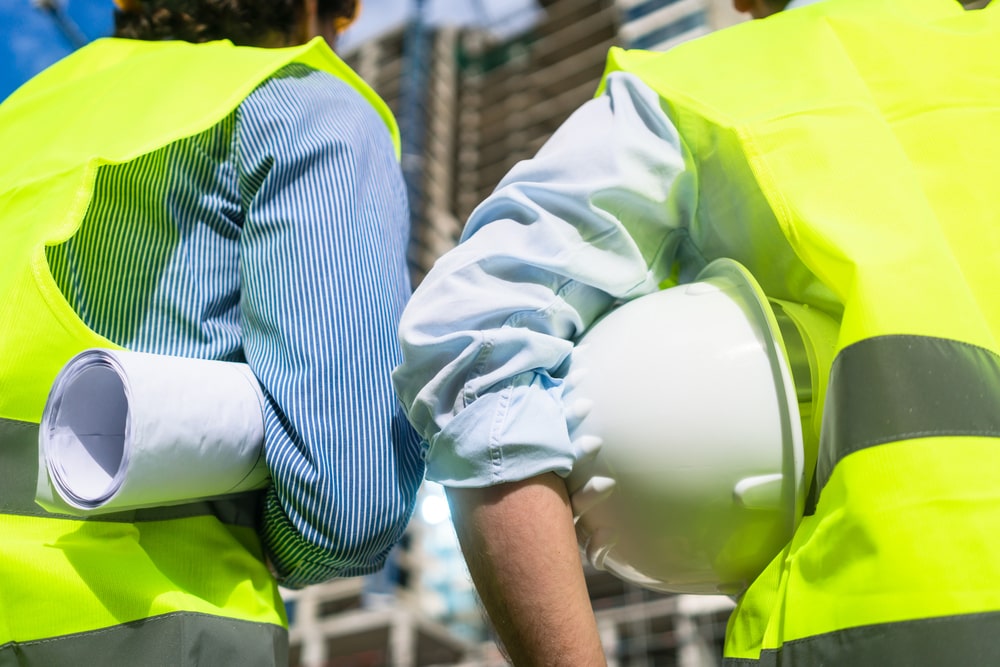Construction sites are dangerous places that are full of hazards and other risks for workers and bystanders. Despite strict safety regulations, accidents can still occur due to various factors. Understanding the common causes of construction accidents is essential for implementing preventive measures and ensuring a safer work environment. Here are ways that construction accidents happen and strategies to prevent them:
Slips, Trips, And Falls:
Many accidents involving slips, trips and falls commonly occur in construction zones. The combination of cluttered workspaces, uneven surfaces, and exposure to changing weather conditions increases the risk of workers losing balance and sustaining injuries. Preventive measures include maintaining a clean and organized work area, promptly removing debris and potential tripping hazards, ensuring adequate lighting, and providing workers with slip-resistant footwear and appropriate personal protective equipment (PPE).
Falling Objects:
Working at heights exposes construction workers to the risk of falling objects, such as tools, materials, or debris, which can cause severe injuries or fatalities to those below. To avoid these types of accidents, it is crucial that companies enforce safety measures and administer proper training for all of its workers, as a construction accident lawyer like one from The Eskesen Law Firm can emphasize. Creating designated “no-working zones” under overhead work areas, securing tools with lanyards or retractable tethers, and conducting regular inspections of equipment and scaffolding are essential in mitigating the risk of falling object accidents.
Electrical Hazards:
Electrical accidents are a significant concern in construction sites due to exposed wires, improper use of electrical tools, and faulty wiring. These hazards can happen due to electric shocks or burns. Preventive measures involve de-energizing electrical systems during maintenance, installing ground fault circuit interrupters (GFCIs) on outlets, training workers in electrical safety procedures and the use of insulated tools, and conducting thorough checks for underground utility lines before excavation work.
Trench And Excavation Collapses
Another cause of accidents in construction zones are trench and excavation collapses. However, without proper safety precautions, these trenches can collapse, burying workers underneath tons of soil. Factors that can contribute to a trench collapse include inadequate or absent shoring, working in unstable soil, or weather changes that might affect the trench’s stability.
Flying Debris
Flying objects and debris are another type of accident that occurs in construction zones. The dynamic nature of these environments, with numerous activities occurring simultaneously, means that tools, materials, or fragments can become airborne due to mishandling, machine operations, or unforeseen circumstances. For instance, a power tool might eject fragments, a heavy machinery operation could dislodge materials, or a simple act like hammering might send nails or splinters flying.
Machine And Equipment Accidents:
Construction projects rely heavily on machinery and equipment, but their operation carries inherent dangers. Accidents like caught-in/between incidents, equipment rollovers, and entanglement injuries can occur due to inadequate training, equipment malfunctions, and improper use. To prevent such accidents, comprehensive training for equipment operators, regular inspections and maintenance of machinery, implementation of lockout/tagout procedures during maintenance, and installing warning signs and backup alarms are essential safety measures. For more information about legal services that you can receive after an accident, set up a consultation with an experienced construction accident lawyer near you as soon as possible.

